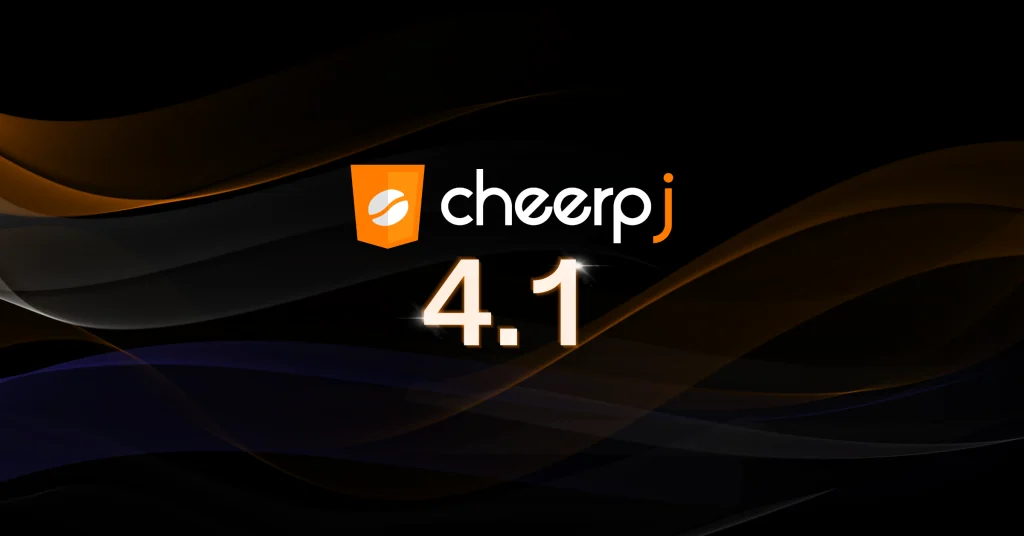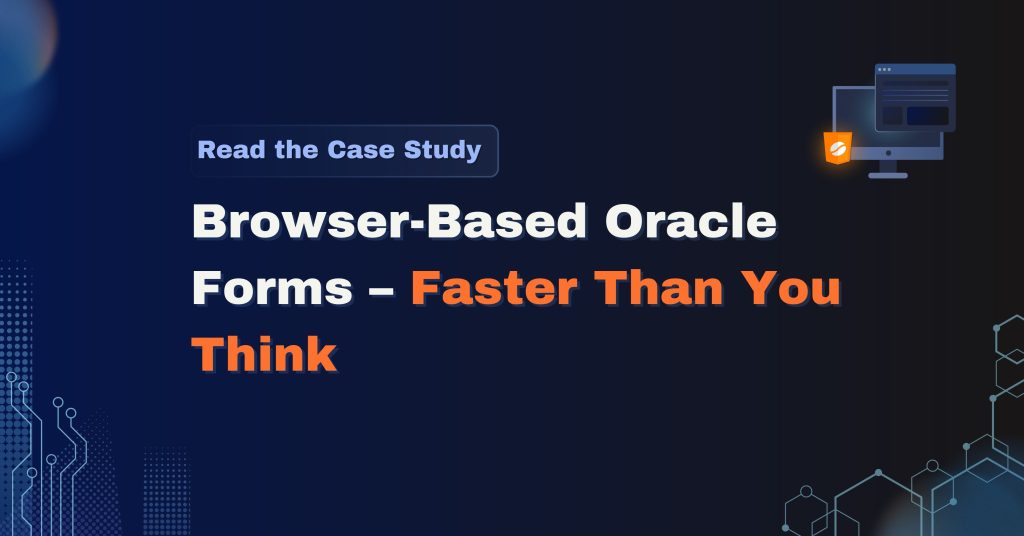Java applications have long been a cornerstone of enterprise software. Still, as the web becomes the dominant platform, developers face a challenge: how can legacy Java applications be brought into the modern browser environment without starting from scratch?
CheerpJ, a WebAssembly-based JVM and OpenJDK distribution for the browser, provides a practical way to bring Java applications into modern web browsers, making it easier for developers to update their software without significant rewrites.
With CheerpJ’s ability to run Java bytecode directly in the browser, developers can keep their applications working without needing extra installations or plugins.
The Role of CheerpJ and WebAssembly in Java Modernization
How CheerpJ Works
CheerpJ can be pivotal in modernising Java applications or components to run on the Web. By providing a full OpenJDK-based Java platform on the browser, CheerpJ enables developers to bring Java components (such as full applications, applets, or individual libraries and frameworks) to the browser.
This can be done in the context of a full port of a Java application, or as a combined modernisation effort that includes the development of new HTML5-native components.
By supporting the full OpenJDK runtime and the entirety of the Java language, CheerpJ ensures smooth execution of Java code within modern browsers, retaining essential capabilities with no modifications to the source such as:
- Reflection
- Dynamic class creation
- File access with multiple virtual file systems
- Networking (including full TCP/IP support) via Tailscale integration
- Clipboard functionality via the Clipboard API
Real-World Success Stories
With CheerpJ, developers can modernize legacy Java applications, bringing to the Web Swing-based interfaces, Oracle Forms, EBS, and other enterprise frameworks.
Case Study: Transforming a Legacy HR Software into a SaaS Solution
A market leader in human resource software faced a significant challenge. Their core product, used by over 100,000 businesses worldwide, had been developed over two decades, incorporating numerous frameworks and third-party software components. Originally built as a monolithic Java 8 desktop application with over 1 million lines of code, the software required local installation at each client’s premises.
However, in 2019, the company’s management decided to transition the product into a SaaS-based cloud application. They had two choices:
- A full reimplementation of both client and server components, which would take years and be costly.
- A hybrid approach, preserving the existing Java business logic while modernizing the front end.
The company chose the latter and integrated CheerpJ into their modernization strategy.
The Solution:
- A new UI was developed from scratch using HTML5 technologies for a modern, consistent user experience.
- The majority of the Java client-side business logic was preserved and converted using CheerpJ.
- The converted Java code was integrated with the new UI, creating a hybrid application where the business logic remained in Java but ran directly in the browser.
The Result:
- The product was successfully launched as a pure HTML5 web application in 2020.
- CheerpJ became part of the company’s CI/CD pipeline, allowing for smooth updates.
- The transition dramatically reduced development costs and timelines while avoiding the need to rewrite complex business logic.
- Existing Java developers could continue maintaining and improving the software without retraining on new languages or frameworks.
By leveraging CheerpJ, the company modernized its flagship product without compromising its functionality, giving businesses worldwide direct access to the HR software from their browsers, without requiring installations. This removes the need for old browser plugins, making web applications more adaptable and ready for the future.

The Future of Java in the Browser
The adoption of CheerpJ and Java WebAssembly marks a big step forward for bringing Java to the web. Java applications are no longer limited to desktop environments—they can now run directly in modern browsers, without losing any functionality or performance.
CheerpJ is also evolving to keep pace with modern Java. Support for Java 11 is coming in April 2025 with CheerpJ 4.0, followed by Java 17 later that year with version 5.0. Looking ahead, Java 21 is planned for early 2026 with CheerpJ 6.0, and Java 26 (the next LTS) is targeted by the end of 2026 or early 2027.
By the time CheerpJ 6.0 arrives, developers will be able to choose from multiple supported Java versions—Java 8, 11, 17, and 21—each available as separate OpenJDK builds. This flexibility means you’ll be able to select the right Java runtime for your application, and if you’re using CheerpJ in a self-hosted or OEM setup, you’ll only need to include the Java versions you use.
We’re committed to supporting the latest Java LTS versions and making sure Java stays a first-class option for the browser.
Why This Matters for Businesses
How can organizations future-proof their Java investments while maintaining a seamless user experience? For example, enterprise resource planning (ERP) systems that were traditionally desktop-based have been successfully migrated to web-based deployments using CheerpJ, allowing organizations to maintain critical business functions while improving accessibility and reducing IT overhead.
Key Benefits of Using CheerpJ and Java WebAssembly
- Extends the lifespan of existing Java solutions.
- Eliminates dependency on Java installations.
- Improves accessibility and performance.
- Supports complex enterprise frameworks like Oracle Forms and Swing.
This approach empowers developers to create rich, interactive web experiences that align with contemporary development trends.
CheerpJ and Java WebAssembly make it easier than ever to move Java applications to the web, ensuring their relevance in today’s digital world.
What new possibilities could this unlock for businesses looking to modernize their software? As developers embrace this shift, they unlock new opportunities for innovation, ensuring their Java applications remain relevant and performant in an ever-changing digital landscape.




